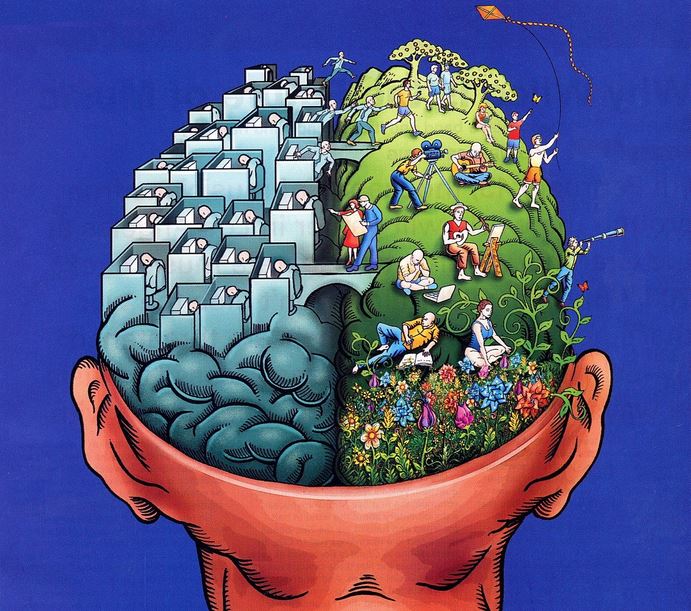Why EMDR Therapy is a Window to the Brain
Over the past 20 years, the use of EMDR Therapy has grown and evolved. EMDR, or eye movement desensitization and reprocessing, is a tool that therapists can use to help clients overcome trauma and other upsetting events quickly.How EMDR Works
The process involves a having the client do repeated sets of eye movements (or auditory or tactile bilateral stimulation), each lasting about 30 seconds.
The result is that the client makes the associations and neural connections needed to integrate, or digest, the disturbing memory. I like the analogy of defragmenting your computer, or updating your software. When you look from left to right, your left brain tells your right brain, it’s over you’re safe now, or, you’re no longer a child, or in that car accident or that bad relationship. I’ve seen many clients after literally a few minutes, say, “Oh, that’s over! I don’t have to worry about it anymore!” Or, “I deserve better!” Or, “I know what I need to say!” The bilateral stimulation helps the brain draw on resources that were blocked by the trauma, that was bogging down the system. Clients are then able to find their own answers.
Is EMDR Effective?
More than 20 randomized EMDR studies have demonstrated positive treatment effects. The results have shown EMDR to be an effective trauma treatment, now recognized worldwide. In my work with clients, I’ve seen dramatic results in treating many different kinds of trauma.
So basically, we realize on a deep level, that the trauma is actually in the past now and not in the present, and then it takes a back seat instead of a front seat. We still remember what happened but it fades a bit and it doesn’t matter to us the way it used to. Then once it’s out of the way, we can think clearly and access all those other resources that we have gathered over our lifetime. Almost instantaneously, we can think more clearly and we know what we want to do, say, be.
During normal therapy, changes typically take months or years to have an effect whereas, with EMDR, changes can typically begin occurring within weeks.
What else can EMDR be used for?
EMDR can be used to heal from any trauma, big or small. This includes all the big things we normally think of, sexual assault, abuse, battering, accidents, but also things like break ups, or just difficult relationships in general. The bilateral stimulation helps you think better, and it increases the neuroplasticity of the brain, actually making you smarter, so it can help with school, or any intellectual pursuit. It can help you visualize a positive future situation, such as an important meeting, interview, presentation or just a difficult conversation.
Creativity and Performance Enhancement
One of my favorite uses for EMDR is to use it to stimulate an artist, writer, or musician’s creativity. People get through whatever is blocking them very quickly. I will be discussing creativity more in a future blog, and also how I’ve helped athletes with confidence and overall performance enhancement.
Really anything related to using our brain can be helped, so there are no limits on what EMDR can help with! The research is of course focused on trauma, because that is what it was originally developed for, but a tool that helps our brain can be used for anything that we think about. I will be addressing these different topics in more depth in future blogs.
Read more here.


